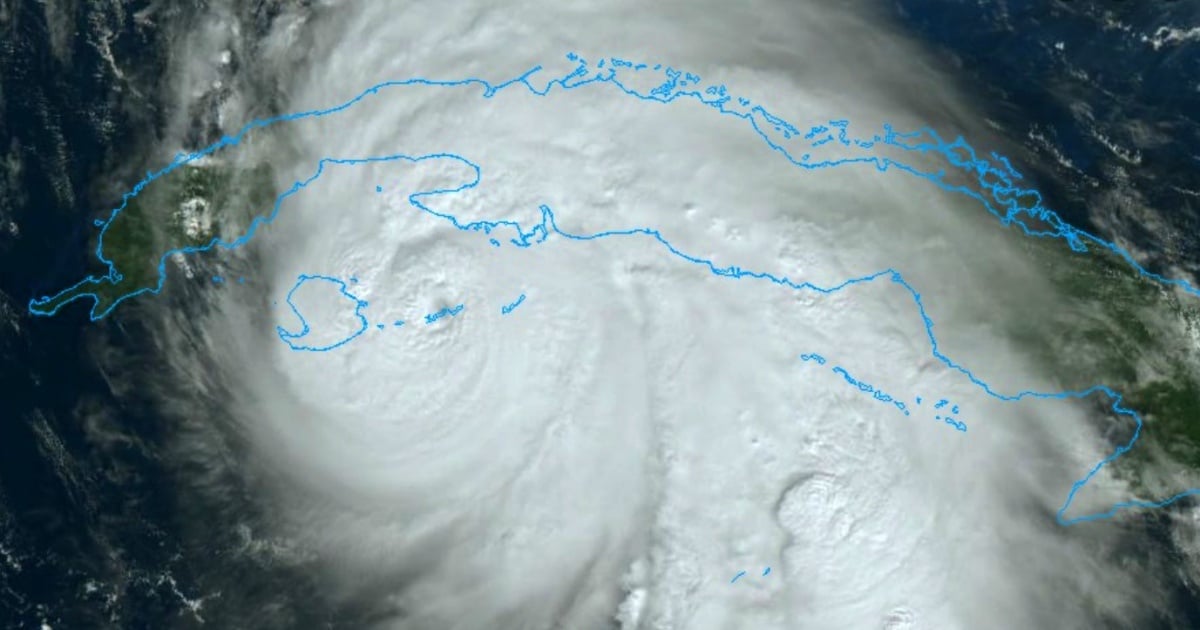As anticipated, Hurricane Rafael has intensified to a Category 3 storm, approaching the western coast of Cuba with fierce winds and heavy rainfall. The storm's maximum sustained winds have reached 115 mph (185 km/h).
The eye of Rafael is currently positioned a mere 40 miles (65 km) northeast of the Isla de la Juventud and approximately 84 miles (135 km) south of Havana. The National Hurricane Center (NHC), in its 1:00 p.m. advisory, has warned that the hurricane is likely to produce a dangerous storm surge, capable of causing life-threatening flooding and hurricane-force winds that may endanger both lives and properties.
Rafael continues to move northwest at a speed of 14 mph (22 km/h), with a central minimum pressure of 956 mb (28.23 inches). A weather station on Cayo Largo del Sur has reported sustained winds of 58 mph (93 km/h) and gusts up to 83 mph (134 km/h), according to the NHC.
Warnings and Potential Impact
Hurricane warnings have been issued for the provinces of Pinar del Río, Artemisa, Havana, Mayabeque, Matanzas, and the Isla de la Juventud. Tropical storm warnings remain in effect for Villa Clara, Cienfuegos, and the Florida Keys, extending from Key West to the Channel 5 Bridge.
Rafael is expected to make landfall in western Cuba this afternoon, with expectations of weakening as it traverses the island. However, it may regain strength upon entering the southeastern Gulf of Mexico.
Rainfall and Storm Surge Concerns
Hurricane-force winds extend outward up to 19 miles (30 km) from the center, while tropical storm winds reach up to 115 miles (185 km). Rainfall associated with Rafael could total 4 to 8 inches (10 to 20 cm), with isolated amounts exceeding 12 inches (30 cm) in mountainous regions, posing a significant risk of flash floods and landslides in western Cuba. The Cayman Islands and the Florida Keys are also expected to experience substantial rainfall.
Furthermore, the storm surge could elevate sea levels between 9 and 14 feet (2.7 to 4.2 meters) above normal along Cuba's southern coast, particularly impacting the Isla de la Juventud. Swells generated by Rafael could lead to hazardous surf conditions in the western Caribbean and eventually the Gulf of Mexico.
Precautionary Measures and Forecast
There is also a chance of isolated tornadoes in the Florida Keys and the southwestern peninsula. Residents are urged to stay informed through updates and adhere to local authorities' recommendations.
